To get strong, lean, and fit, it’s not enough to bust your butt in your training and eat well. Recovery is just as important a factor. Training breaks down our muscle fibers, but it’s recovery that builds them back stronger so we can lift, run, move, and be more.
And we can only go hard in the next workout if we’ve fully recovered from the last one.
When we talk about recovery, we’re typically talking about mitigating DOMS (delayed onset muscle soreness), fatigue, muscle damage, and inflammatory markers.
There are a wide variety of recovery methods available, such as gentle movement (active recovery), massage, compression, cryotherapy, ice baths, epsom salt baths, topical magnesium, percussion therapy, self-myofascial release, infrared light, and more.
A 2018 study of recovery methods found that massage seemed to be the most effective method for reducing DOMS and perceived fatigue, as well as inflammation, while there was no change for the other methods. Perceived fatigue seemed to be effectively managed using compression garments, massage, or water immersion.
The methods studied included active recovery (low-intensity movement), stretching, massage, electrical stimulation, cryotherapy, compression, immersion, contrast water therapy, and hyperbaric therapy.
In this post, I’ll share the best recovery tools and methods according to science, as well as the ones you can skip.
Cold/Heat Therapy
Ice Baths
Cold-water immersion, in water temperatures of less than 59°F, is currently one of the most popular recovery strategies used after intense exercise. I partook in ice baths frequently when I was running in 5Ks, 10Ks, and half-marathons regularly years ago, and I always felt like it helped with soreness and that “heavy legs” feeling the next day.
A 2012 study found that there was some evidence that cold-water immersion reduces DOMS after exercise compared with rest or doing nothing recovery-wise. There was not enough evidence to make conclusions comparing it to other methods, however.
DIY Gel Ice Packs
Cold therapy can help reduce swelling, pain, and inflammation. And making your own is super easy.
What you need:
- 1 quart or 1 gallon plastic freezer bags (depending on how large you want the cold pack) (I recommend using a quality heavy-duty/freezer name-brand version (I prefer Hefty) and double-bagging it to prevent leaks. Alternatively, you can put a sponge in it to absorb most of the liquid or try a reusable silicone bag)
- 2 cups water
- 1 cup rubbing alcohol (70%)
Instructions:
- Place one of the bags inside the other.
- Fill the inside bag with the water and alcohol.
- Leave the bag in the freezer for at least an hour.
- When it’s ready, place a towel between the gel pack and bare skin to avoid burning the skin.
Note: The more alcohol you use, the softer the pack will be, making it more gentle on injuries than an ice pack.
Dr. Cool Ice Therapy Wrap
 $17, Amazon
$17, Amazon
This neoprene-free wrap provides both compress and cold therapy. It comes in several sizes and colors. It helps alleviate muscle aches, minimize muscle fatigue, reduce swelling, and relieve pain and soreness.
You simply wet it down, stick it in the freezer for 20 minutes, and you’re good to go. Much easier than trying wrap an Ace bandage around a bag of frozen peas or bag of ice!
DIY Heat Packs
Heat therapy increases circulation to aching muscles and injured areas and can provide soothing pain relief.
What you need:
- Cloth container (sock, small pillow case, fabric)
- 4-6 cups of filling (such as uncooked rice, flaxseed, buckwheat, oatmeal)
- Needle and thread (optional)
Instructions:
- Fill your cloth container with the filling.
- Tie or sew the container shut.
- Microwave container for 1-3 minutes.
Whether you are using cold or heat therapy, apply for at most 15 or 20 minutes. Then take a break for about 2 hours to allow the skin to recover and avoid damage.
Percussive Therapy
Percussive therapy, also known as vibration therapy, is a type of self-massage. It provides rapid bursts of pressure into the body’s muscle tissue. It’s an emerging area of study, with research coming out about its benefits and potential limitations. A 2014 study suggests that vibration therapy and massage are equally effective methods to prevent delayed onset muscle soreness (DOMS), meaning you’re less likely to feel muscle pain or tightness 24-72 hours after a workout.
Chiropractor Dr. Jason Wersland, one of the pioneers of percussive therapy and the man behind Theragun, says, “It’s going to enhance what you’re already doing. For example, as well as a recovery tool after a session it’s also extremely effective as part of your warm-up too. It gives you your expected outcome in less time with less discomfort. If you apply a massage gun to the muscles you want to stretch and then stretch them you can increase the range of motion 50-80% in 30 seconds, according to our research. The idea is that your stretching will be more effective, it won’t take as long, it will happen deeper in the tissues, and it gives you a larger range of motion.”
Hyperice Hypersphere
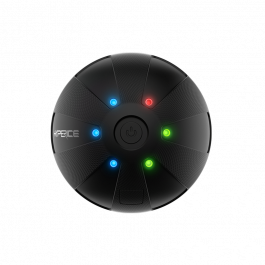
$149, Hyperice.com
This vibrating massage ball targets and releases tight spots and trigger points and has three speeds for different levels of penetration. I’ve used this at physical therapy, and I was amazed at how good the vibration felt and what a difference it made versus using a standard foam roller or ball.
Theragun
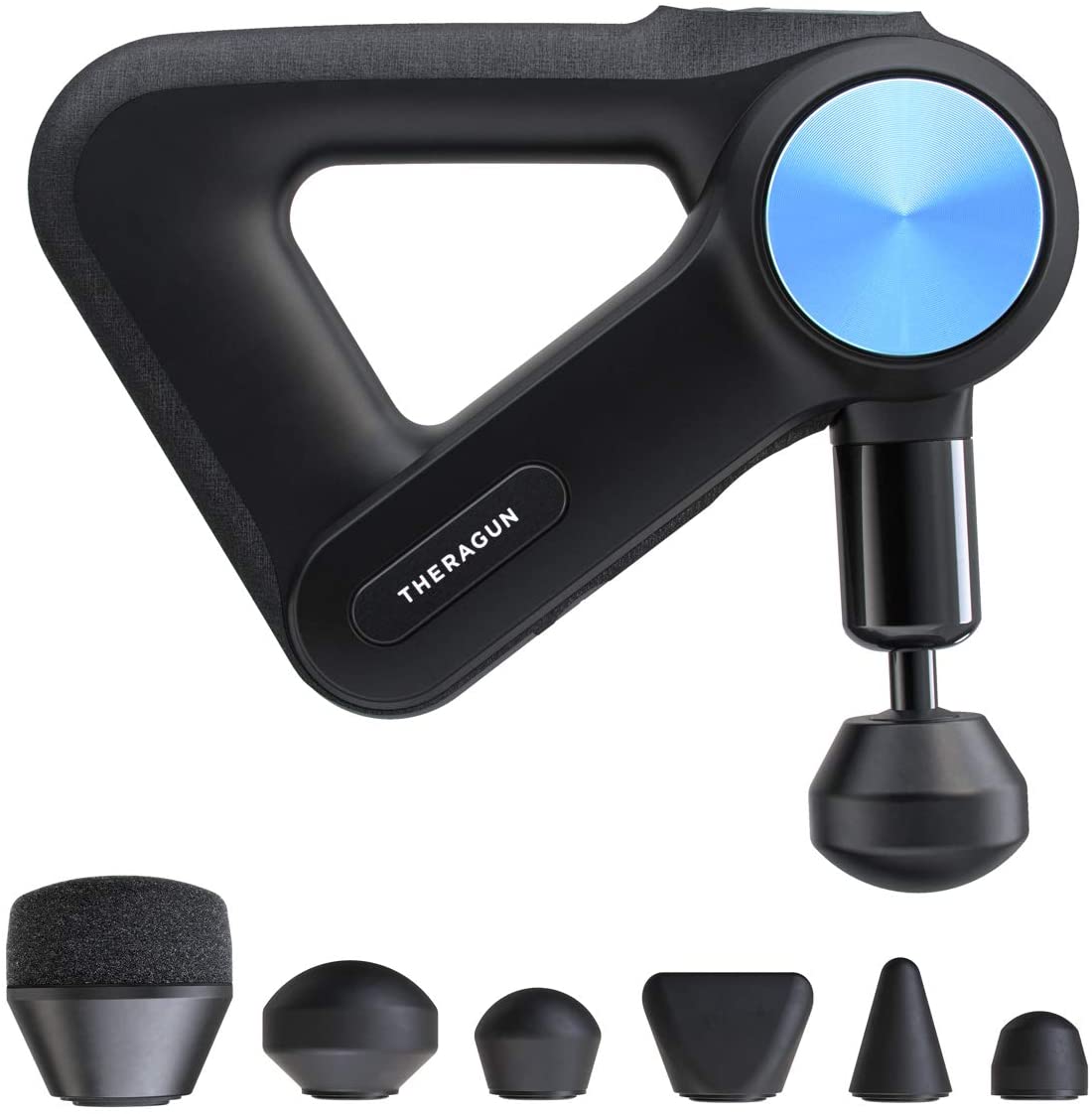
$199-$599 (3% cash back on Rakuten), Therabody
Percussive therapy to release muscle tension, break up scar tissue, and increase blood flow. Calibrated to reach 60% deeper into muscle than average massager at 40 per second.
There are several different versions of the Theragun, including a mini travel version, which I’ve found works great on smaller areas like the elbow. For my birthday, I was gifted the Theragun Pro, the mac daddy of massage guns (shown in the pic). The massage feels amazing on sore and tight areas of my body, especially the ones that are hard to hit properly with a foam roller. Plus, it’s a lot less work! I’ve been rehabbing a chronic hamstring injury for close to a year, and this made it feel less tight and painful. The only con to this version is how big and heavy it is. It’s not something you’d necessarily want to travel with or bring to the gym.
Self-Myofascial Release
Self-Myofascial Release (SMR) with a foam roll or roller massager appears to have short‐term effects on increasing joint ROM without negatively affecting muscle performance and may help prevent decreases in muscle performance and DOMS after intense exercise.
TriggerPoint Grid Foam Roller
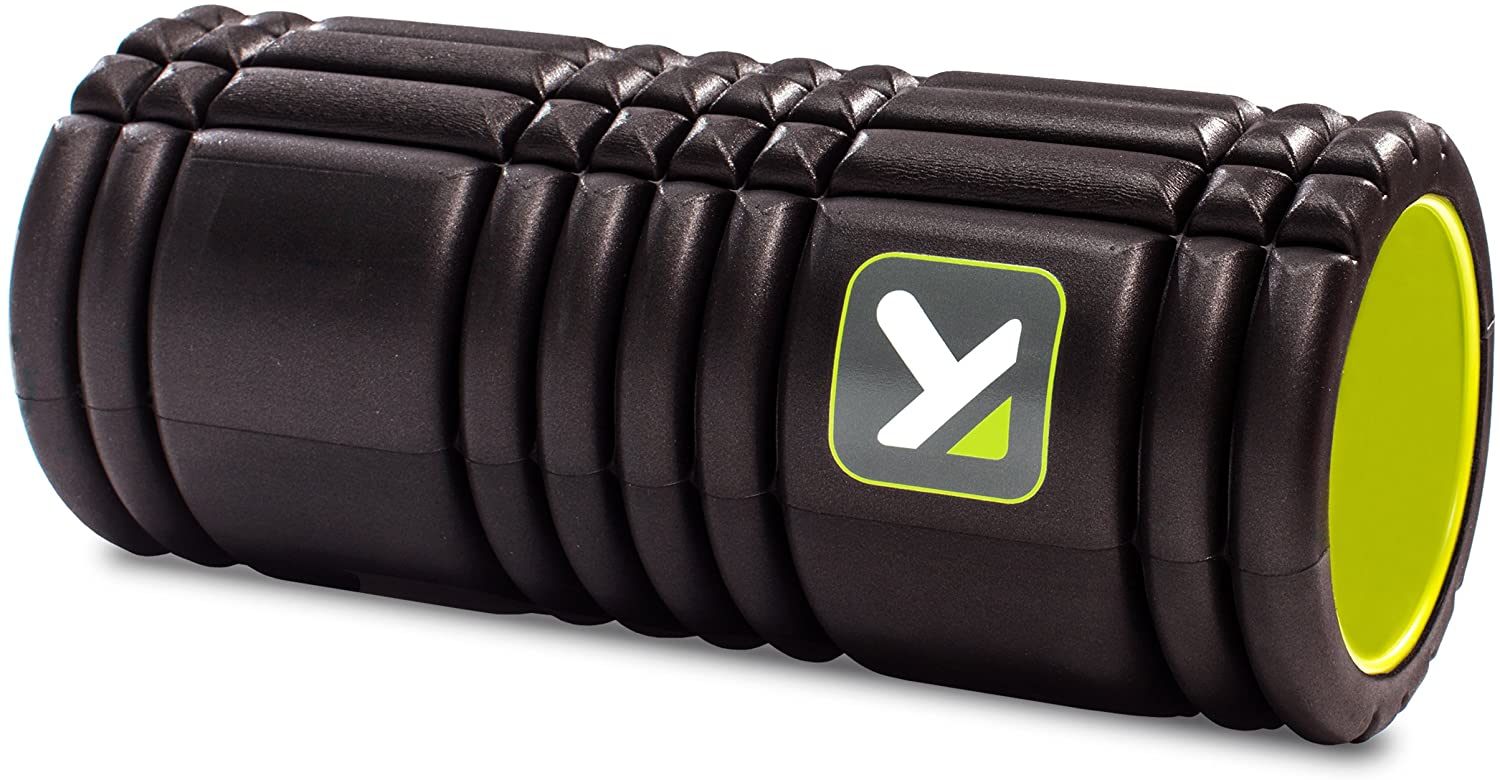
The multi-density foam covering a rigid hollow core puts enough pressure on sore, tight muscles to improve blood circulation, reduce muscle soreness, temporarily increase flexibility, and accelerate recovery.
I like the amount of pressure I can get from this roller versus a standard foam roller, and this is far more durable as well. Comes in multiple colors.
Roll Recovery R8 Deep Tissue Roller
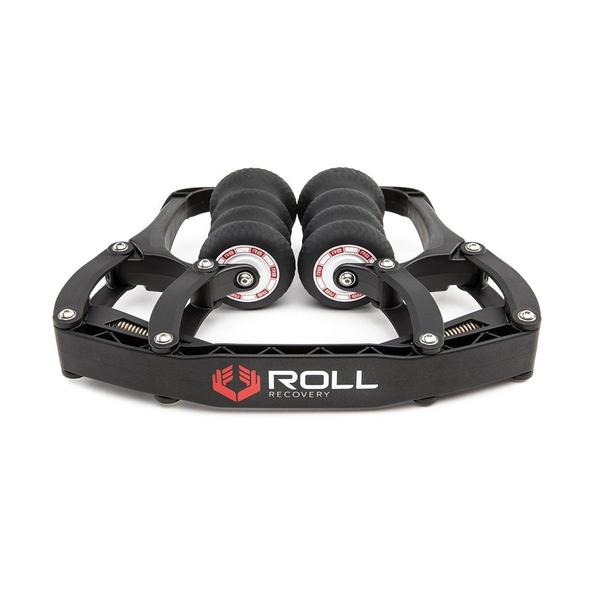 $129 (inserts sold separately), Rollrecovery.com
$129 (inserts sold separately), Rollrecovery.com
This is another tool for self-myofascial release and massage. It self-adjusts for different body sizes and allows you to target the IT-bands, quads, hamstrings, calves, shins, glutes, arms, and more. It takes the work out of rolling and is compact enough to take anywhere. Just use the handles to push and pull along legs, arms, and more. Optional inserts allow you to increase or decrease pressure.
Lacrosse Balls
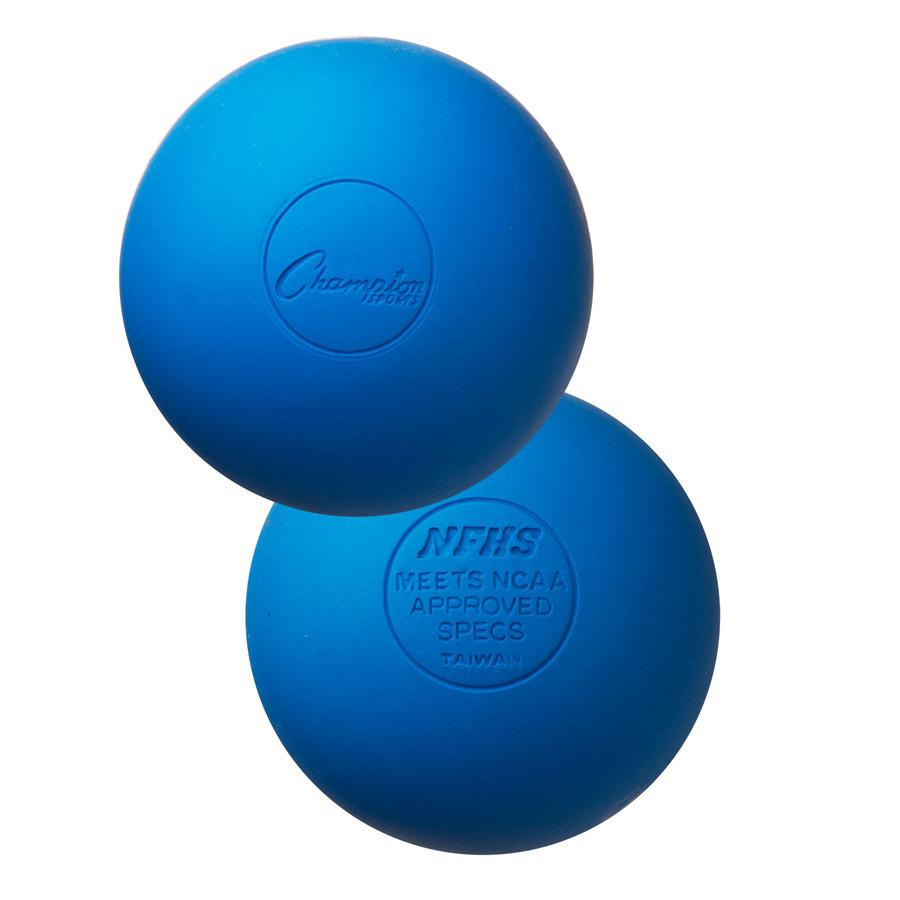
$6 for 1/$8 for 2, Amazon
Lacrosse balls are great for targeted deep pressure massage to relieve soreness and tightness and release trigger points (knots). They’re the same size as tennis balls, but much denser to get more pressure on those hard-to-reach areas.
I use these on pretty much everywhere to get relief from tight muscles, before and after workouts, as well as anytime I’m feeling a bit beat-up or tight. They’re small and light enough to carry around in a gym bag or to travel with.
The Stick
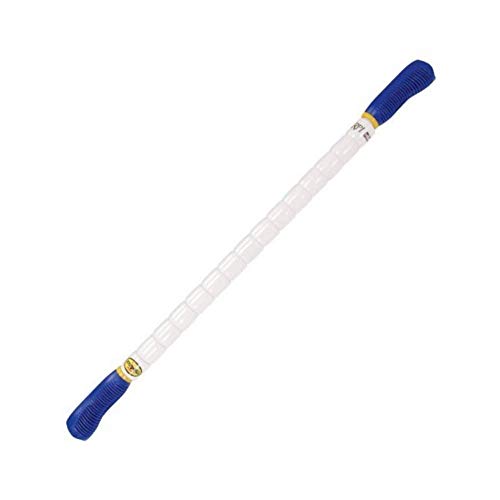
$28-43, Amazon
This massager stick is a flexible rod surrounded by rotating rollers to find and release trigger points. Just like foam rollers, it helps to improve flexibility and decrease soreness before or after a workout. Comes in multiple lengths and is extremely portable.
I find that The Stick makes doing SMR on my calves a lot easier than with a foam roller.
Gaiam Dual-Sided Hand Massage Roller Tool
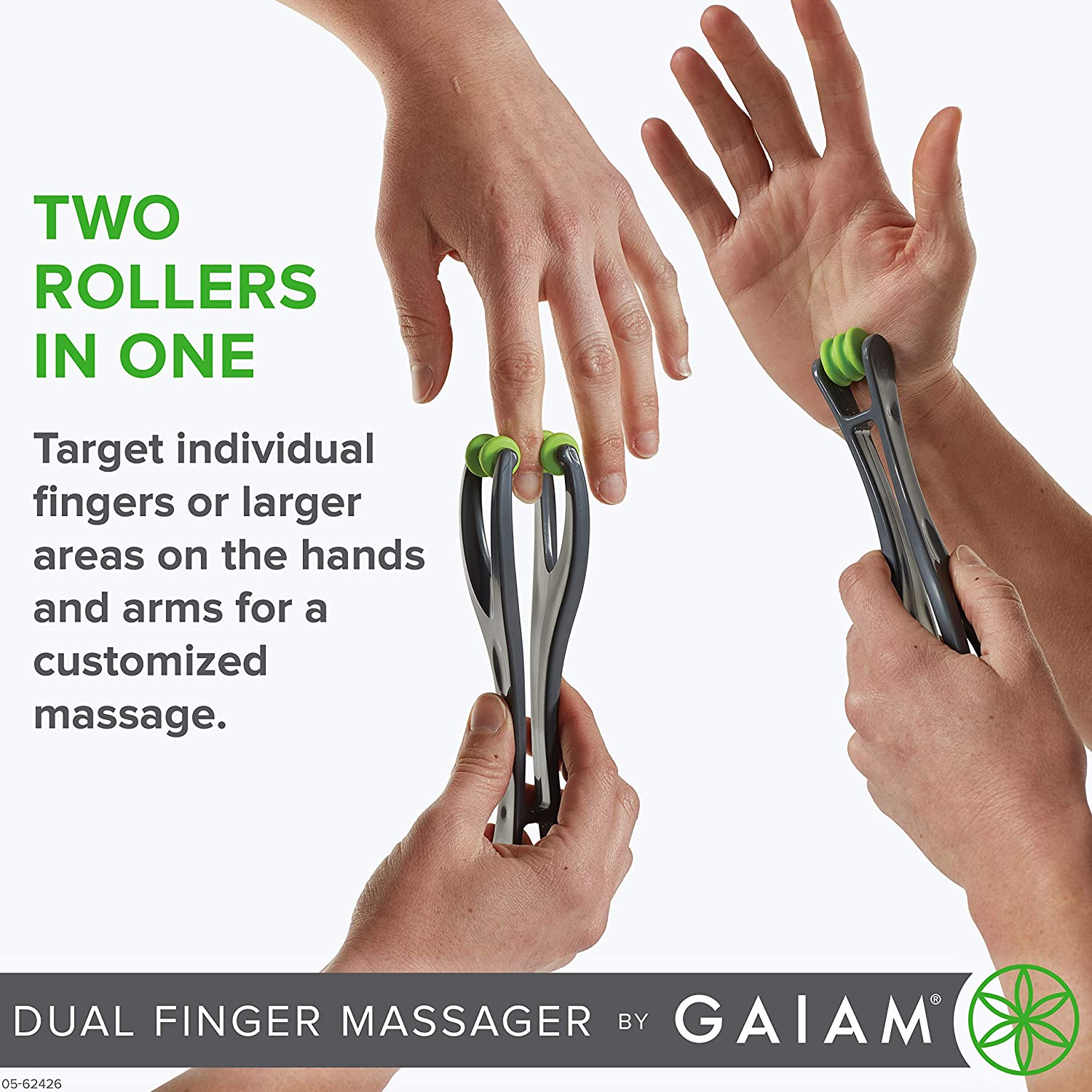
$10, Amazon
This finger massager increases circulation and reduces stiffness by targeting specific areas of pain in the fingers and hand. Highly recommended for those who work on computers all day or use their hands extensively at work or in training.
My husband is on the computer all day for work, having to copy-paste and use his mouse a lot, which has led to quite a bit of hand pain and fatigue. He swears by this tool.
Body Back Buddy Handheld Massage Stick
 $32, Amazon
$32, Amazon
This massage stick lets you massage and release tension in hard-to-reach trigger points. The knobs allow you to press down and hold on tender, tight areas (trigger points). With enough time and pressure (and discomfort), the tenderness will subside and you should begin to feel relief in that area. Can also be used in the shower when muscles are warm.
Wearables
Whoop Strap 3.0
 https://join.whoop.com/#/E7C1CB (get $30 off)
https://join.whoop.com/#/E7C1CB (get $30 off)
$30/month, strap, battery, and charging cord are included
The Whoop strap measures how hard you work out and how well you recover using data like heart rate, heart rate variability, ambient temperature, motion, and sleep. The Strain Coach tells you when to push and when to back off. You also get weekly and monthly reports of strain, recovery, sleep, and heart rate.
I’ve been using the Whoop for the past 8-9 months and really like it. It helps me keep track of important metrics that I want to improve, like sleep. It also gives me a more objective of how recovered (or not) my body is so I don’t let my ego take over and push through a tough workout when I shouldn’t.
Compression
A number of studies have shown evidence that wearing compression sleeves could benefit muscle function or fatigue indicators and perceived muscle soreness just after exercise and hours later. It’s thought that the compression may do this by reducing muscle oscillation and countering fatigue in high-intensity activities.
Wearing below-knee CS during exercise (or sport/physical activity) improved the actual performance in a small number of the studies analyzed. The underlying mechanism of these benefits is unclear but may be related to increased oxygen delivery, lower muscle oscillation, and better running mechanics. The best effects were seen using 20-30mmHg compression.
Bombas Compression Socks

$24, Bombas
I love these compression socks so much I just ordered another pair (sign up with your email to get 20% off your first order). I wear these both during long runs or runs that are especially taxing, like sprint workouts, and for recovery after a tough run.
They feel amazing on my feet and calves, with a 15-20 mmHg compression level (medium strength), arch support, and a seamless toe. There are two compression levels, 15-20 mmHg and 20-30 mmHg. They’re supportive enough for traveling, sports recovery, and mild swelling. They come in three sizes for a perfect fit. Plus, for every pair purchased, a pair of socks is donated to homeless shelters.
Zensah Compression Leg Sleeves
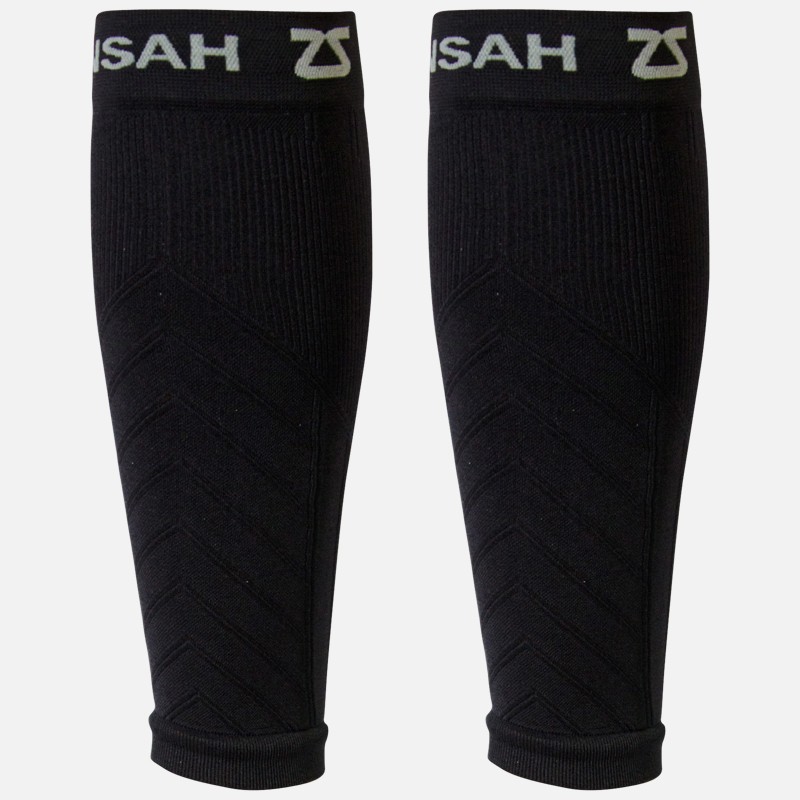
$40, Zensah
Zensah compression calf sleeves have become popular with runners (including myself) to provide calf support, shin splint relief, and decreased leg fatigue. They improve circulation and promote faster muscle recovery. The moisture wicking and anti-odor properties make them comfortable for tough runs and workouts.
Recovery Methods You Can Skip…
Topical Magnesium
 The current research doesn’t support the efficacy of topical magnesium, such as magnesium butters, sprays, and epsom salt. It is poorly absorbed by the skin and thus can’t improve levels of magnesium in the body like oral magnesium supplementation can. But if it feels good, go for it!
The current research doesn’t support the efficacy of topical magnesium, such as magnesium butters, sprays, and epsom salt. It is poorly absorbed by the skin and thus can’t improve levels of magnesium in the body like oral magnesium supplementation can. But if it feels good, go for it!
Whole-Body Cryotherapy

~$40-65/session
Whole-body cryotherapy, which involves exposure to extremely cold dry air (-200 to -300 degrees Fahrenheit) in a specialized chamber for two to four minutes, is becoming more and more popular these days. It’s said to help with inflammation and pain, accelerating recovery. However, it is not FDA-approved, and since it uses extreme temperatures, it is not without risk.
“Potential hazards include asphyxiation, especially when liquid nitrogen is used for cooling,” says FDA scientific reviewer Anna Ghambaryan, M.D., Ph.D. The addition of nitrogen vapors to a closed room lowers the amount of oxygen in the room and can result in hypoxia, or oxygen deficiency, which could lead the user to lose consciousness. Moreover, subjects run the risk of frostbite, burns, and eye injury from the extreme temperatures.”
“Given a growing interest from consumers in whole body cryotherapy, the FDA has informally reviewed the medical literature available on this subject,” Aron Yustein, M.D., a medical officer in the FDA’s Center for Devices and Radiological Health, says. “We found very little evidence about its safety or effectiveness in treating the conditions for which it is being promoted.”
A 2015 study found that there was insufficient evidence to determine whether whole-body cryotherapy (WBC) reduces muscle soreness or improves subjective recovery after exercise compared with passive rest or no WBC in physically active young adult males.
Another study comparing WBC and ice baths concluded that cryotherapy is no more effective than a placebo intervention at improving functional recovery or perceptions of training stress following a marathon. This study found that cold water immersion was more effective than WBC for decreasing soreness and improving perceived recovery levels 24-48 hours post-exercise.
Based on the risks involved, the lack of evidence showing that it actually works, not to mention the steep cost, I can not recommend cryotherapy at all.

